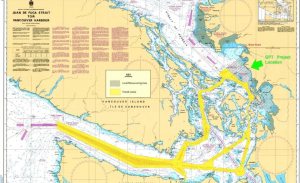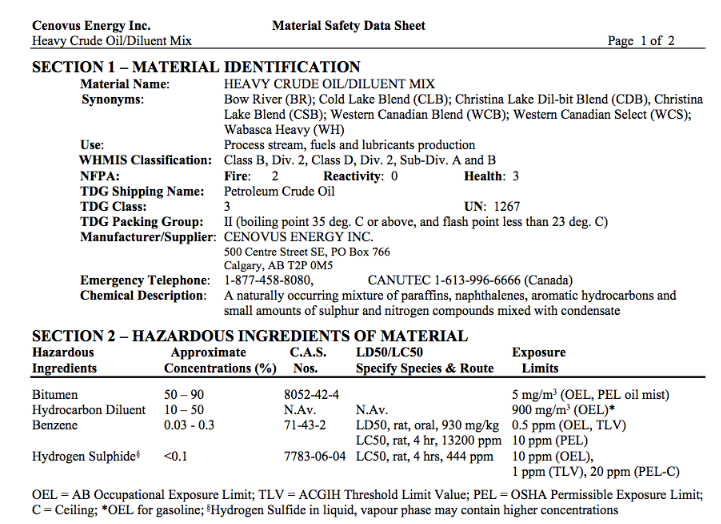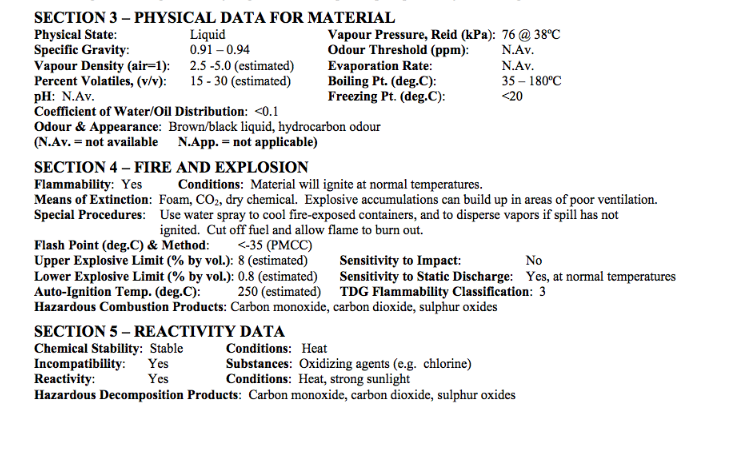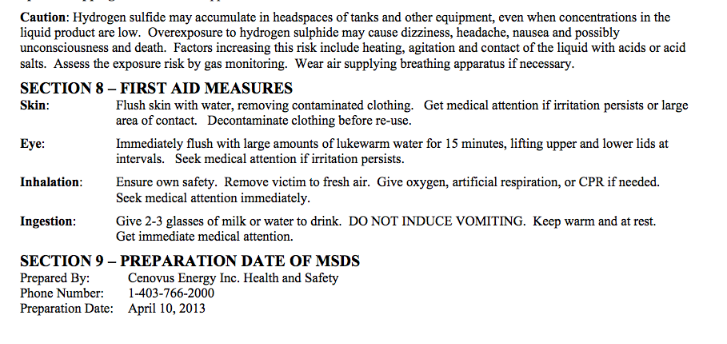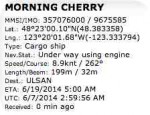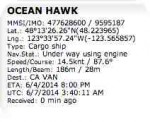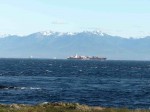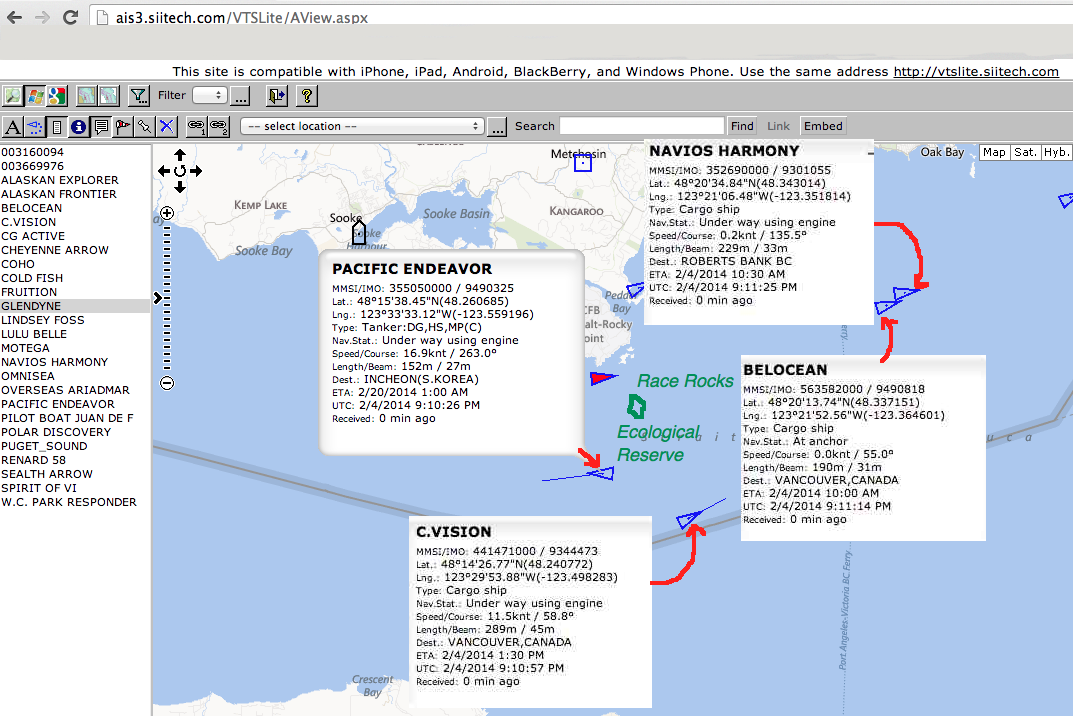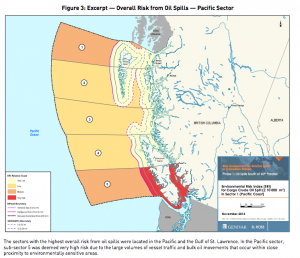Lester Pearson College has employed the Ecoguardians at Race Rocks Ecological Reserve since 1997. One of the benefits of this is in having observers on site 24 hours on this archipelago in the Strait of Juan de Fuca. A great amount of citizen science is achieved as they record in their logs the events such as whale sightings of the area.
In the past year I have been working as an intervenor for the Board of Friends of Ecological Reserves to try to question and advise the National Energy Board and the Kinder Morgan Corporation on the problems of increasing the traffic of oil tankers from the Westridge terminal through the Strait of Juan de Fuca. The area of potential impact from chronic and catastrophic oil spills puts at risk the ecological integrity of up to 17 of our Marine Ecological Reserves around southern Vancouver Island. In our submission I was able to draw upon the records from the Race Rocks Ecoguardian’s logs to demonstrate the increase in the incidence of whales in this area. A recent report of the Department of Fisheries (Sufficiency Review of the Information on Effects of Underwater Noise and the Potential for Ship Strikes from Marine Shipping on Marine Mammals in the Facilities Application for the Trans Mountain Expansion Project )has criticized the Environmental assessment done by Trans Mountain as being ineffective to take account of the increasing potential of Impact on the large whales such as humpbacks and the underwater noise which will masking of the ability of whales to communicate and get food.
I put together the following graphs to show the increase in the number of days per month that whales were observed from Race Rocks:
Thanks to Ryan, Raisa, Adam, Alex, Virginie, Julie, Courtney, Nick, and Anne for contributing to this database.
Addendum : see the April 27 post on the report issued today ” Quantitative Assessment of Increased Potential for Marine Mammal-Vessel Interactions from the Trans Mountain Expansion Project TRANS MOUNTAIN PIPELINE ULC TRANS MOUNTAIN EXPANSION PROJECT –Prepared by: Stantec Consulting Ltd. 500 – 4730 Kingsway Burnaby, BC, V5H 0C6 Ph.: (604) 436-3014,
Garry Fletcher, Race Rocks Ecological Reserve Warden.






